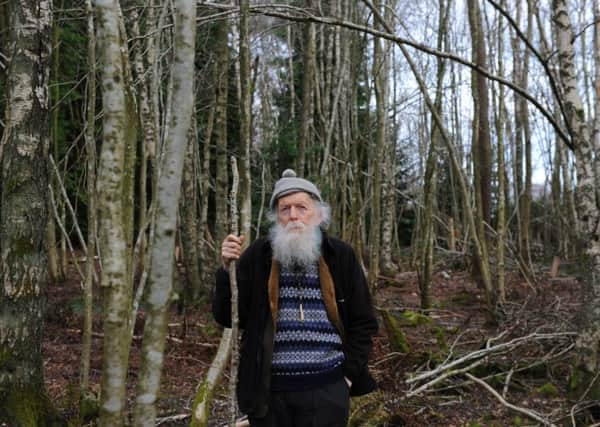Scotland is poorer for the passing of Dr Adam Watson, but his wonderful writing lives on


Mixed in with the general sense of sadness, there was also, oddly, a certain degree of shock. There is, of course, nothing unusual about somebody dying at the age of 89 – it is, as they say, a good innings. But there was something very permanent-seeming about the man they called “Mr Cairngorms.” As Ben Dolphin, the president of Ramblers Scotland put it, “When people keep on going you kind of assume they’ll...well... keep on going.”
I never met Adam Watson, but we corresponded by email a few years ago after he brought out a new book – a collection of reminiscences entitled It’s A Fine Day For The Hill – Hills, Folk and Wildlife, 1935-62. As I said in this slot at the time, reading about his adventures as a young man was something of a humbling experience, not just because of the ambition and scale of some of his ski touring exploits, but also because of the comparatively primitive tools that were available to him.
Advertisement
Hide AdAdvertisement
Hide AdAt the time his book came out, I was going through a phase of trying (and failing) to whittle down the amount of stuff I took into the hills, so I enjoyed very much reading his account of a 30-mile ski tour from Gaick to Luibeg in April 1951, and in particular a footnote on the equipment he brought with him. In addition to “wooden ex-army skis with steel edges which weighed 20lb the pair... ski sticks of heavy bamboo and a heavy rucksack with a metal frame” his kit included “spare pairs of trousers, socks and gloves, sleeping bag and groundsheet, primus stove, pans, kettle, spare paraffin, meta fuel, matches, food for three days, mug, plate, fork, knife and spoon, hunting knife, camera, binoculars, notebook and diary, sun-cream, one-inch to the mile map, and a heavy ex-army prismatic compass.” Frankly, it was a miracle he was able to ski three miles, let alone 30.
Although I was primarily interested in Watson’s skiing adventures, they only make up one section of the book. There are also accounts of his visits to Iceland and Scandinavia, some colourful reminiscences from his schooldays in Turriff and tall tales from his time as a student at Aberdeen University, not to mention stories concerning four key friends and mentors: Seton Gordon, Bob Scott, Tom Patey and Tom Weir.
It’s the chapters on ski touring that have really stayed with me though, not just because of the distances he covered or the speeds at which he sometimes covered them (four hours from Aviemore to Luibeg through the Lairig Ghru is pretty good going) but because of his wonderful descriptions of what he saw along the way. A writer who hasn’t spent much time in the mountains in winter might describe them as “snow-capped;” Watson wrote of “rocky walls plastered in green ice below huge cornices from which tufts of drifting snow raced into the blue sky”.
Watson will be remembered primarily for his scientific achievements and rightly so. However, it would be a shame if, as the years roll by, his literary legacy were to be allowed to slip from view. The edition I have of It’s A Fine Day For The Hill was published by Paragon of Rothersthorpe which, as far as I can make out, is a self-publishing business, and it seems that many of his later books were too, from A Zoologist on Baffin Island, 1953 and Some Days From a Hill Diary to Hill Birds in the North-East Highlands and Essays on Lone Trips, Mountain-craft and Other Hill Topics.
To republish all of these books in new editions with, proper, scholarly introductions would be a major undertaking, but surely some enterprising Scottish publishing house could at least put together a book of selected essays. Based on the little of his work that I’ve already read, I would predict brisk sales – perhaps even a runaway bestseller, as a whole new generation of mountain folk are able to enjoy his precise, evocative descriptions, his understated sense of humour and his intimate, irreplaceable knowledge of the Cairngorms.